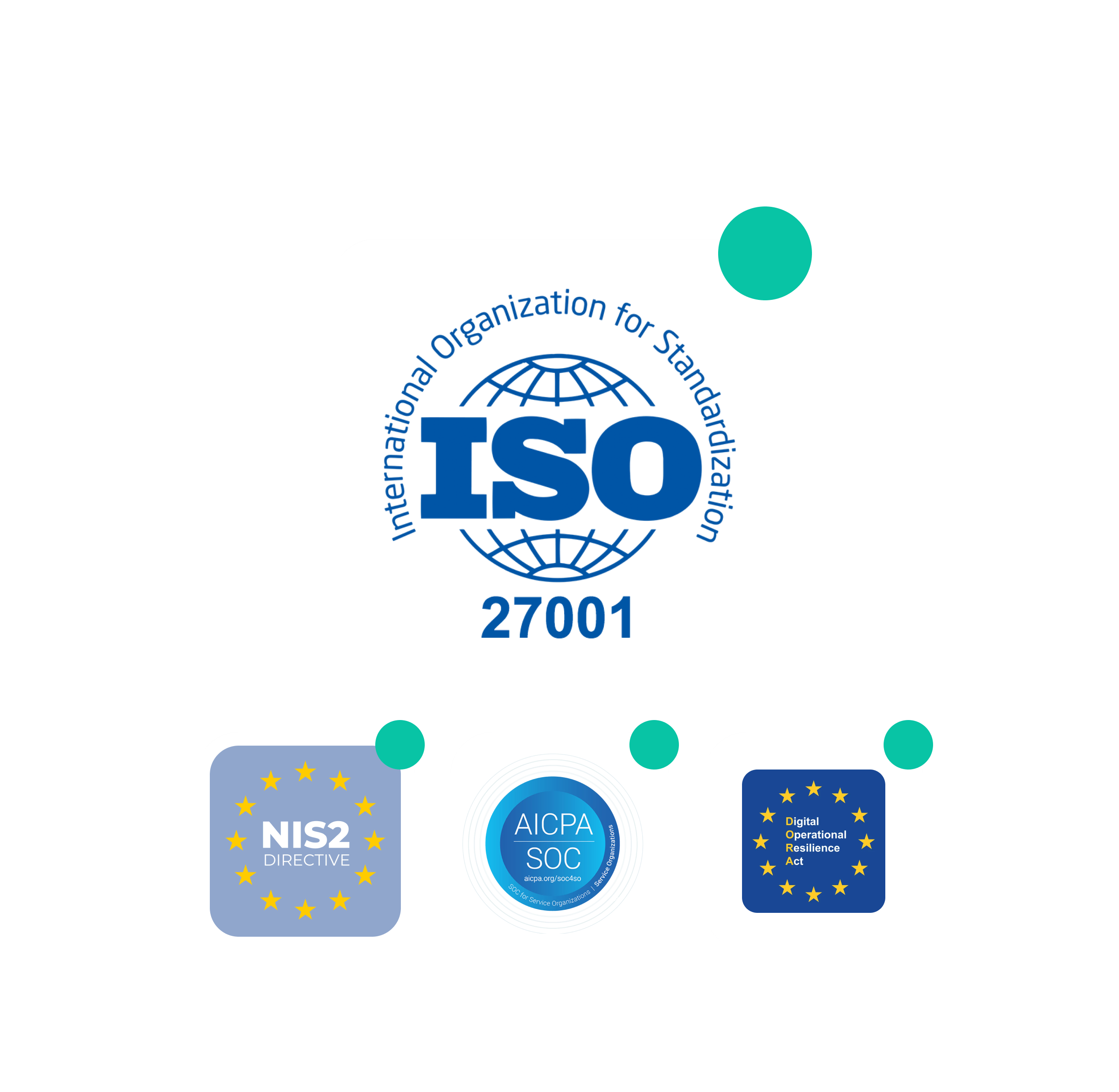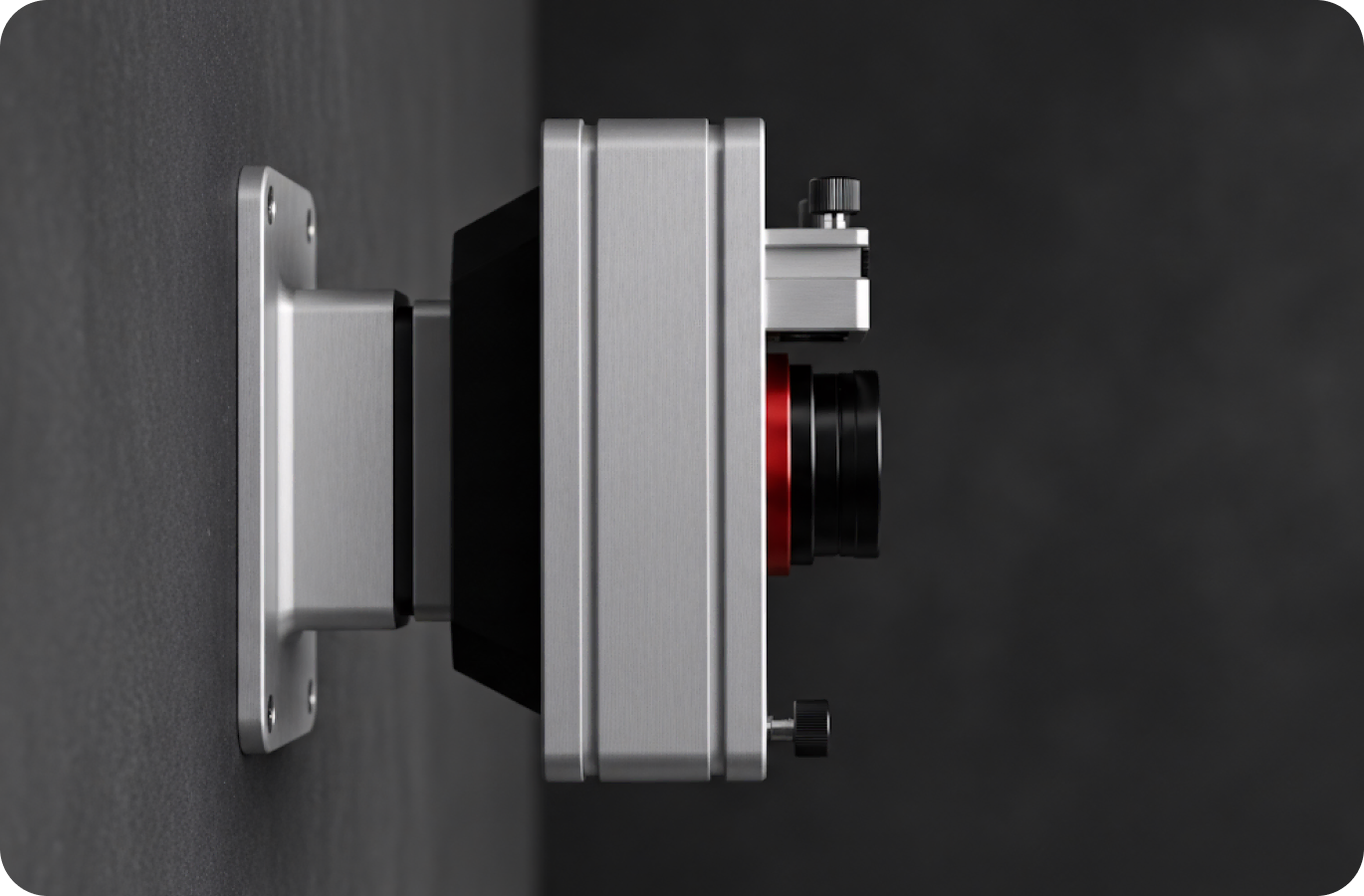Comprendre la cyberconformité : enjeux et solutions

Profitez d'un support IT efficace
Découvrez notre solution tout-en-un
La cyberconformité est un sujet qui fait frémir bien des entreprises. Entre l’essor des cyberattaques, l’évolution constante des réglementations et la nécessité de préserver la confiance des clients, la question n’est plus de savoir si la cybersécurité doit être une priorité… mais comment la rendre concrète et opérationnelle.
Pourtant, la plupart des équipes peinent à trouver une approche claire pour leur cyberconformité. Quelles sont les obligations réelles ? Quels sont les bénéfices d’une politique rigoureuse ? Et surtout, par où commencer ?
Dans cet article, _rzilient vous aide à mieux comprendre ce qu’est la cyberconformité et pourquoi elle est devenue indispensable. Nous allons également vous montrer comment la mettre en œuvre efficacement dans votre organisation.
Qu’est-ce que la cyberconformité ?
La cyberconformité désigne l’ensemble des mesures prises par une entreprise pour se conformer aux lois, normes et réglementations qui encadrent la sécurité des systèmes d’information et la protection des données. Autrement dit, c’est la capacité à démontrer que vous respectez les exigences applicables en matière de cybersécurité et de confidentialité. Elle repose sur plusieurs piliers :
- La conformité légale : par exemple, le respect du Règlement Général sur la Protection des Données (RGPD) ou de la directive NIS2.
- La conformité normative : l’alignement sur des standards reconnus comme ISO 27001 ou SOC2 qui structurent les politiques de sécurité.
- La conformité contractuelle : les engagements pris avec vos clients ou partenaires.
En résumé, la cyberconformité n’est pas une option. Elle s’inscrit dans une démarche globale de protection des systèmes, des informations et de la réputation de votre entreprise.

Les enjeux majeurs de la cybersécurité pour les entreprises
La cyberconformité n’est pas seulement un exercice administratif. C’est avant tout un levier stratégique. Voici pourquoi :
- Réduction des risques : en sécurisant les accès, en chiffrant les données et en contrôlant les droits des utilisateurs, vous diminuez les vulnérabilités exploitées par les cybercriminels.
- Protection de la vie privée : les clients et les collaborateurs attendent des garanties solides sur l’utilisation et la conservation de leurs données personnelles.
- Renforcement de la confiance : démontrer que vous respectez des standards élevés de sécurité contribue à rassurer vos clients, partenaires et investisseurs.
- Évitement des sanctions : le non-respect du RGPD ou de NIS2 peut entraîner des amendes lourdes, voire des restrictions d’activité.
- Continuité opérationnelle : anticiper les incidents et disposer de plans de réponse est indispensable pour limiter les impacts sur votre activité.

Les principales régulations et normes à connaître
Devoir affronter la jungle réglementaire peut sembler intimidant. Rassurez-vous : voici un panorama des textes et des standards normatifs les plus courants.
Le RGPD
Entré en vigueur en 2018, le RGPD encadre la collecte, le traitement et le stockage des données personnelles au sein de l’Union européenne. Il impose des obligations précises :
- Désigner un DPO (Délégué à la Protection des Données).
- Tenir un registre des traitements.
- Mettre en œuvre des mesures de sécurité adaptées.
- Notifier les violations de données sous 72 heures.
Le RGPD a profondément modifié la culture de la confidentialité et reste incontournable.
La norme ISO 27001
ISO 27001 est une norme internationale qui définit les bonnes pratiques en matière de gestion de la sécurité de l’information. Elle repose sur un Système de Management de la Sécurité de l’Information (SMSI) structuré autour de :
- L’analyse et la gestion des risques.
- La mise en place de politiques et procédures de sécurité.
- L’amélioration continue.
Se certifier ISO 27001 est un atout différenciant pour les entreprises souhaitant prouver leur niveau de maturité en cybersécurité. Alors pensez-y.
La norme SOC 2
SOC 2 est particulièrement pertinente pour les entreprises technologiques, notamment celles offrant des services cloud. Elle atteste de la bonne gouvernance des données au travers d’un audit indépendant basé sur les cinq critères de confiance :
- Sécurité
- Disponibilité
- Intégrité du traitement
- Confidentialité
- Vie privée.
Contrairement à ISO 27001, qui s’appuie sur une démarche de management, SOC 2 met l’accent sur l’efficacité des contrôles opérationnels réels. Elle est souvent exigée dans les appels d’offres B2B aux États-Unis et gagne en adoption en Europe.
[_rzilient est certifiée SOC 2 type II depuis juin 2025 !]
La directive NIS2
La directive NIS2 renforce les obligations des organisations considérées comme essentielles ou importantes (notamment dans l’énergie, la santé, les transports, ou encore les services numériques). Elle impose notamment :
- L’identification et la gestion des risques cyber.
- L’adoption de mesures techniques et organisationnelles rigoureuses.
- La notification des incidents majeurs dans des délais stricts.
Elle marque une étape décisive pour homogénéiser la sécurité numérique en Europe.
Le règlement DORA
Le règlement DORA cible spécifiquement le secteur financier et les services numériques critiques. Son objectif : renforcer la résilience opérationnelle face aux incidents cyber et technologiques. Il prévoit :
- Des exigences de tests de pénétration.
- La surveillance des prestataires externes.
- La gestion centralisée des risques.
DORA est applicable depuis 2025 et impacte de nombreux acteurs bancaires et assurantiels.
Les défis communs en matière de cyberconformité
Mettre en place une politique de conformité n’est pas sans difficultés (à prendre en compte pour les surmonter au mieux) :
- La complexité réglementaire : les entreprises sont souvent confrontées à un empilement de textes difficiles à interpréter.
- La multiplicité des outils : jongler entre différents logiciels et référentiels génère des silos d’information.
- La sensibilisation des équipes : sans formation, les collaborateurs deviennent le maillon faible de la cybersécurité.
- Le suivi continu : la conformité n’est pas figée, elle évolue en permanence avec les menaces et les nouvelles obligations.
- La documentation des preuves : conserver des enregistrements fiables et à jour est indispensable en cas de contrôle.
Comment mettre en place une stratégie efficace de cyberconformité ?
Nous vous partageons un résumé des étapes clés pour bâtir une démarche structurée :
1 - Réalisez un audit initial :
Évaluez vos obligations (RGPD, NIS2, DORA…) et identifiez les écarts par rapport aux exigences applicables.
2 - Définissez une politique de sécurité claire :
Formalisez vos engagements : gestion des accès, chiffrement, sauvegardes, plan de réponse aux incidents.
3 - Mettez en œuvre des mesures techniques et organisationnelles :
- Chiffrement des données sensibles.
- Gestion des droits et identités.
- Surveillance et alertes.
4 - Sensibilisez et formez vos équipes :
Chaque collaborateur doit connaître les bons réflexes face aux menaces (phishing, usurpation d’identité…).
5 - Pilotez la conformité en continu :
Programmez des révisions régulières, tenez vos registres à jour et documentez tous vos contrôles.
6 - Appuyez-vous sur une plateforme tout-en-un :
Avec _rzilient, vous centralisez le pilotage de la cybersécurité : monitoring, automatisations, support IT externalisé et reporting consolidé.
Les avantages d’une bonne gestion de la cyberconformité
Adopter une démarche proactive de cyberconformité présente de nombreux bénéfices :
- Réduction tangible des risques : moins de vulnérabilités, plus de sérénité.
- Avantage concurrentiel : démontrer votre maturité cyber rassure vos clients et partenaires.
- Maîtrise des coûts : éviter les sanctions, mais aussi les dépenses liées à la gestion de crise.
- Valorisation de votre marque employeur : la protection des données et la responsabilité numérique sont des attentes fortes des talents.
- Conformité évolutive : une approche structurée permet de s’adapter rapidement aux nouvelles exigences réglementaires.

_rzilient vous accompagne dans la gestion de la cyberconformité
La cyberconformité n’est pas une contrainte qu’on subit, mais un levier qu’on pilote. Avec notre plateforme tout-en-un, vous bénéficiez :
- D’un monitoring en temps réel de votre parc informatique et de vos mesures de sécurité.
- De workflows personnalisés pour répondre aux spécificités de votre secteur et de vos obligations réglementaires.
- D’un support IT externalisé et humain qui accompagne vos équipes au quotidien.
- De reportings et tableaux de bord consolidés qui facilitent la documentation des preuves de conformité.







